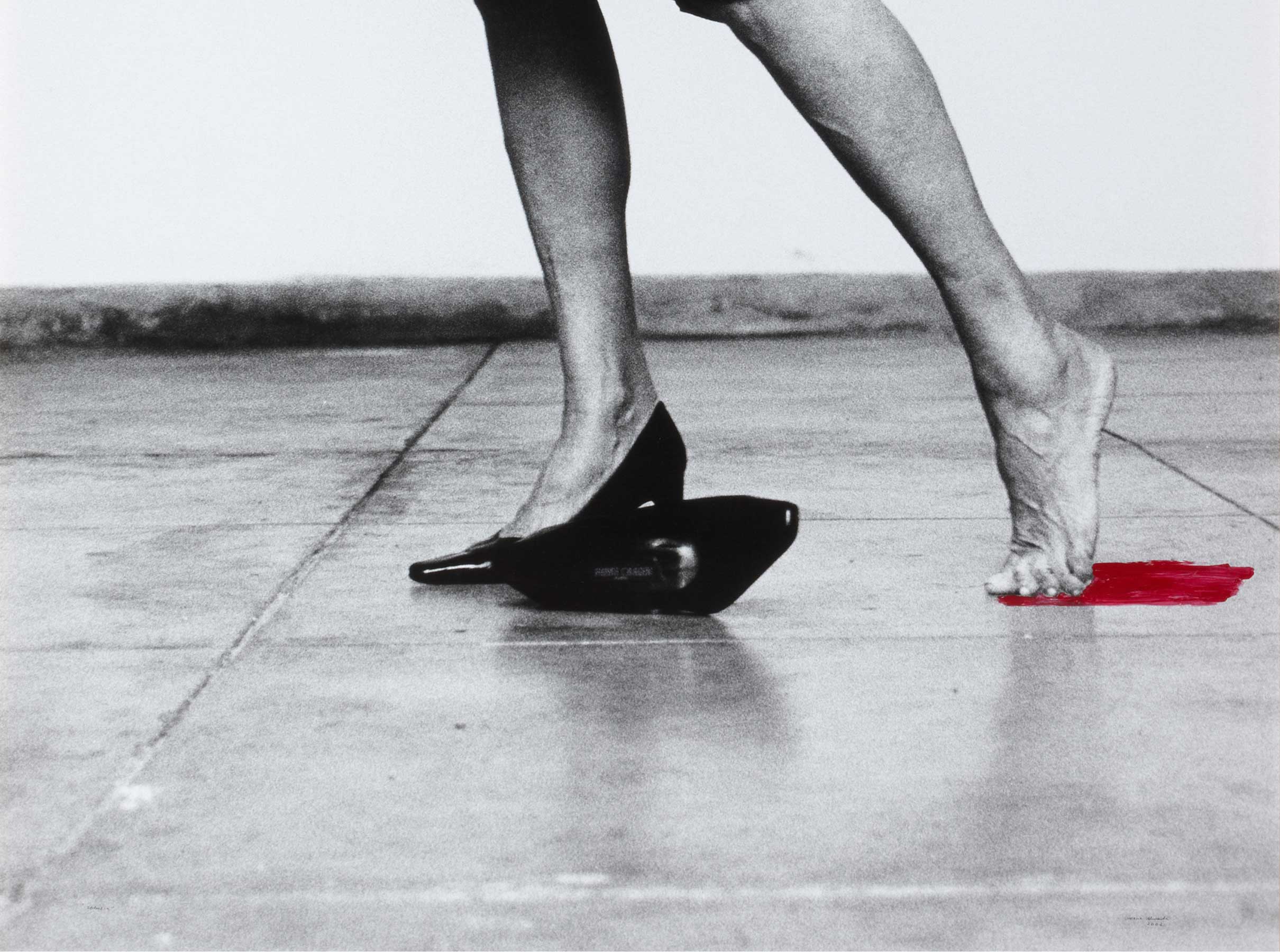Teku rojo mayor [Large Red Teku]
- 1989
- Painting and fillers on hardboard
- 250 x 250 cm
- Cat. P_430
- Acquired in 1989
Muñoz was very familiar with the bases of art autre and particularly with the work of artists such as Jean Dubuffet, Jean Fautrier, Pierre Soulages, Wols and Antoni Tàpies. Faithful to the language of abstraction, he is considered to be one of the leading exponents of abstract informalism, despite a shift in his later years towards something more akin to figurative art. He experimented with wood and burnt paper, the materials that were to become the hallmark of almost all of his art. As a result, his work developed around the expression arising from the elementality of matter. Muñoz had no qualms about piercing, tearing, burning, carving or moulding his materials to evoke the natural essence that lay behind the aura of mystery inherent to his compositions.
This piece was made in 1989, at a time when he was experimenting with wet paper, papermaking, dialogues with wood and plastic, with light forming the key aspect in his work. It is a clear example of the importance he gave to administering colour in evoking the drama of our inner world or that kind of space for meditation which, imbued with a condensed notion time, he devised in order to find answers to the questions he posed. The purpose is to provide answers. Whether they come or not, they always seem to pass by, always (as so often occurs with artists of the stature of Lucio Muñoz) raising increasingly complex questions.
Other works by Lucio Muñoz

![Teku rojo mayor [Large Red Teku]](/f/webca/INF/assets/img/fff.png)